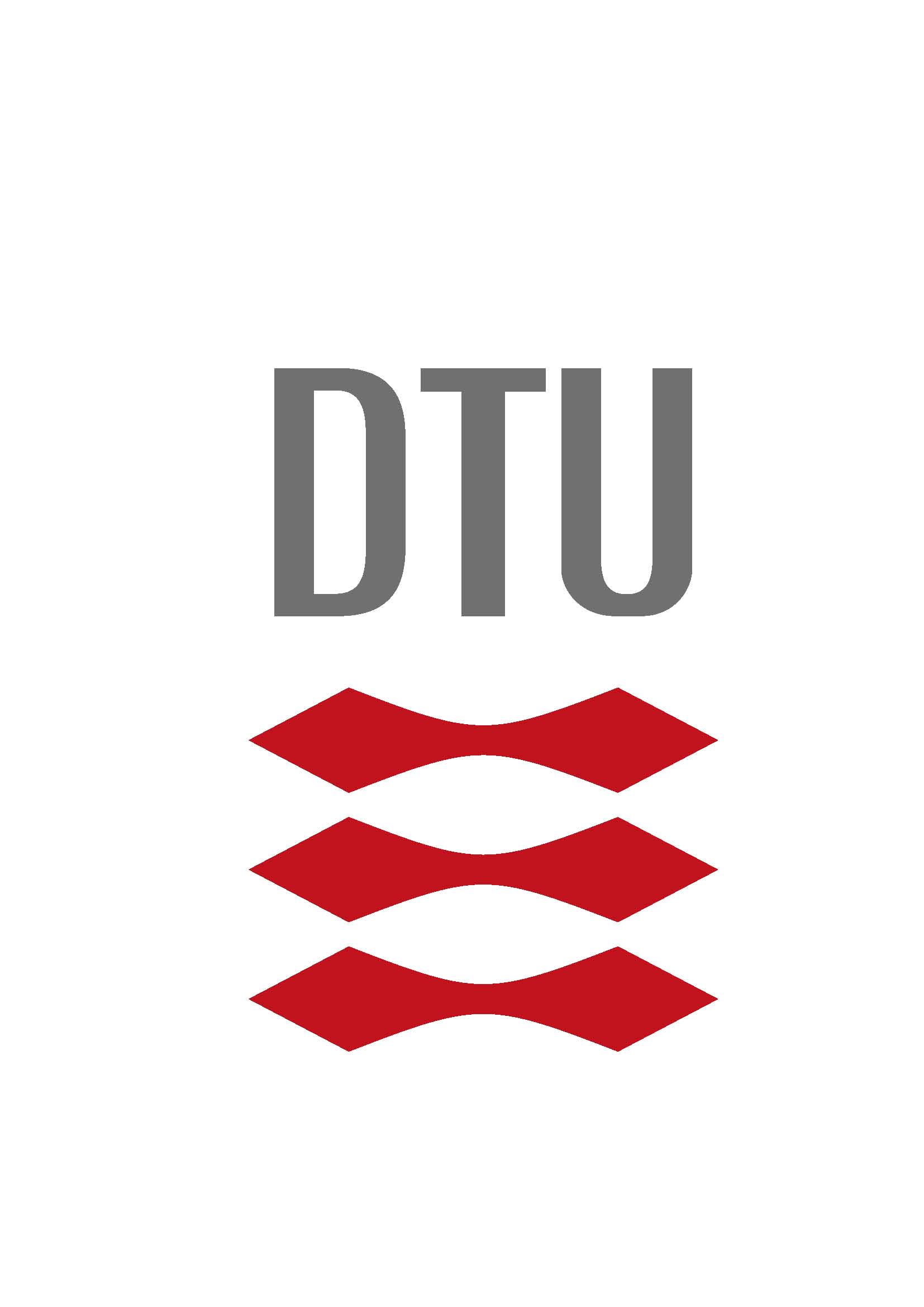This part could have been a bit smoother. At the same time, it could have been a heck of a lot worse.
Evan, Matt, Algis, and I touched down at Copenhagen Kastrup airport (CPH) at 13:30 local time (yeah that's right, "military" time, another thing I love about Europe) on Saturday January 24, 2014. Before and after the flight, we were trying to figure out how to actually reach DTU. There were a lot of different directions given to us for public transportation, luckily.
As an aside, I wanted to get a taxi. They're super expensive in Copenhagen (like $100 to get from the airport to DTU), but the convenience would have been so nice, as compared to public transportation, as you'll soon hear.
We had a limited understanding of how public transportation worked here, since it's rather extensive and confusing. Plus, it's expensive. The entire area is split up into zones, and you can take the Metro, like a subway for central Copenhagen, the S-train, which takes you out to the suburbs (for example, Lyngby, where DTU is), and then buses. More on this in a different post I'm making for public transportation.
Anyway, lucky for us, Evan's girlfriend is also studying abroad here in Copenhagen, so she came and picked us up from the airport. Since she was already there for a week or so, she could lead us to the right metro/train/bus. In our case, we were covering a fair amount of distance, so we had to first take a Metro from the airport, then switch to an S-train, and finally get on a bus that would take us right to campus.
Mind you, this is with all our baggage; I was rolling a big suitcase, a small suitcase, and had a backpack on. And they were all overweight (based on the airline standard at least). Fun times...
 |
| Matt and I on the first leg of the trip, the Metro. Photo courtesy of Algis. |
The first two legs of the trip went smoothly. Then we got on the bus. Or at least, what we thought was the right bus...turns out we took the 300S the wrong way. I guess we were used to the letter after the number indicating a direction of the current route. Turns out the "300S" stays as is, and the destination is what changes. Luckily, we figured it out a few stops later, crossed the street, and took the right one.
We got off at the DTU stop, walked to the accommodation office (even though it was a weekend, they kept special hours because they knew people would be coming in), signed some papers, and got ANOTHER bag. This one was full of bedding stuff like a full duvet/comforter and bed sheets.
Somehow, even after the past 1.5 hours of switching trains and buses and such, walking to Campus Village was the worst part for me. I fully attribute that to the high use of cobblestone on campus. Rolling bags on cobblestone was...well let's just say it sucked.
If you're coming in as a group of three people, I'd personally recommend getting a taxi. The ones I saw around here are mostly wagon types, so I have a feeling they could fit all the bags (3 big, 3 small). It will be expensive, yes, but public transportation was rather expensive too. Not as much, but you have weigh the difference in price against the effort you have to put in.
Like I said, it could have been a lot worse. If we didn't have Evan's girlfriend to guide us, we would have been (at least slightly) screwed. I think it was actually a productive experience, though, because we got to learn the public transportation system as we went along.
Stay tuned for more.












